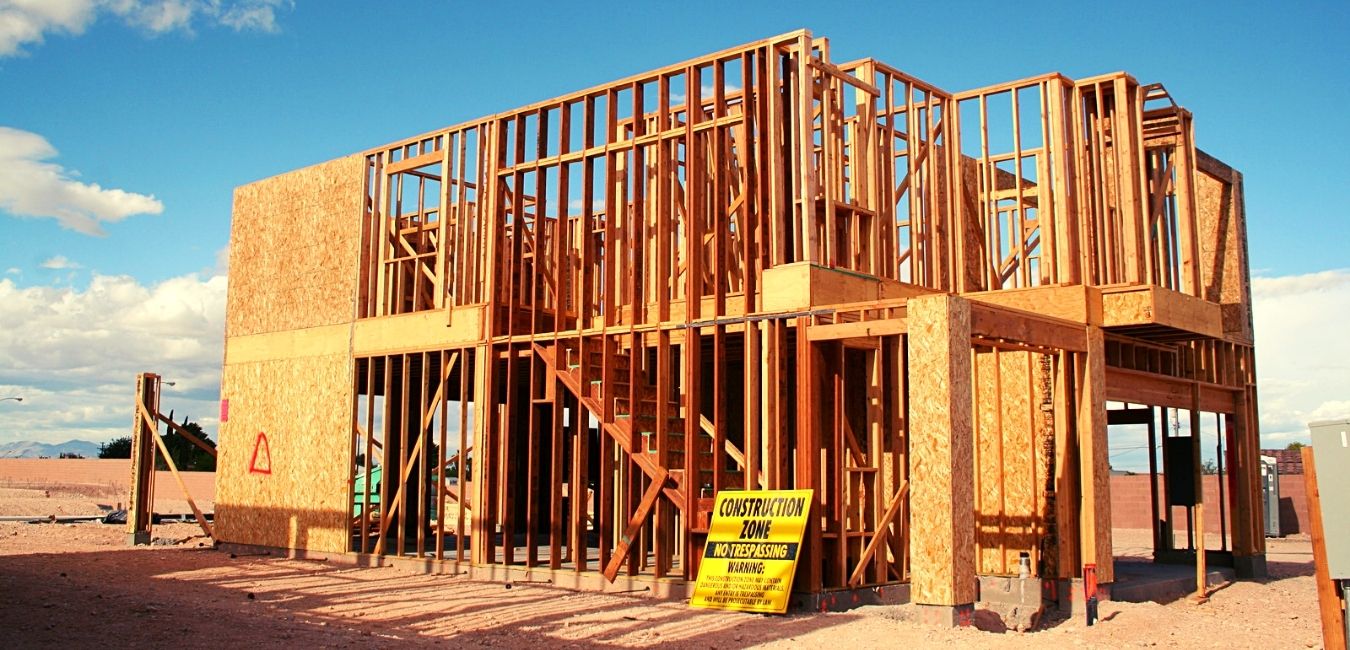How to estimate lumber for framing?
 0
0
Posted: Fri June 14 4:58 PM PKT
Business: Skopos Homes
Tags: business

Estimating lumber for framing is crucial in construction. Start by measuring the dimensions of your project. Calculate the length and width of each wall. Multiply to get the total square footage.
Next, determine the types of lumber you need. Common choices include studs, headers, and joists. Accurate Georgia lumber takeoffs ensure precise estimations. This prevents wastage and reduces costs.
Understanding Lumber Sizes
Lumber sizes are standardized dimensions for wood. They are vital in construction to ensure consistency. Common sizes include 2x4, 2x6, and 2x8. These numbers represent nominal dimensions in inches. However, the actual size is slightly smaller due to finishing processes.
For instance, a 2x4 measures 1.5 inches by 3.5 inches. Knowing these dimensions helps in accurate planning and estimation. It ensures the lumber fits correctly into the structures being built. This knowledge reduces errors and saves time in the construction process.
Types of Lumber
Different kinds of lumber serve various purposes in construction. Structural lumber, like studs and joists, supports the framework of buildings. These pieces must be strong and durable to hold up the entire structure. Choose treated lumber for exterior projects to resist rot and insects.
Finish lumber is used for decorative elements. These include moldings, trims, and paneling. This type of lumber must look good and have a smooth surface. Choose the right kind for your project needs to ensure success. Proper selection minimizes issues during both construction and long-term use.
Calculating Wall Framing Requirements
To calculate wall framing requirements, begin by determining the total length of all walls. Break down each wall into sections. Include doors and windows in your measurements. This ensures accuracy. Count the number of studs needed based on spacing. Typical spacing is 16 inches on center.
Next, calculate the headers, top plates, and bottom plates. Consider any special framing for openings. Remember to add extra lumber for waste. Factor in sheathing and bracing materials. Properly estimating these components ensures efficient material use. It prevents delays and reduces costs in the construction process.
Estimating Floor Framing Needs
Floor framing involves understanding the structure that supports the flooring system of a building. To start, determine the total square footage of the floor area. This helps in calculating the number and type of joists required. Joists are the horizontal structural members that hold up the floor.
Include all load-bearing elements such as beams and girders. These provide additional support for the structure. Calculate the spacing between the joists, typically at 16 or 24 inches in the center. Finally, consider adding extra materials for blocking and bridging. These reinforce the framework and enhance stability. Accurate calculations can ensure efficiency and reduce material waste.
Determining Roof Framing Lumber
Roof framing involves creating a strong framework to support the roof structure. Start by calculating the total area of the roof. This helps determine the amount and type of rafters or trusses needed. Rafters are sloped beams that run from the ridge to the eaves.
Next, consider all supporting elements like ridge boards and collar ties. These provide necessary support and stability to the framework. Include calculations for sheathing and any special framing for openings like skylights. Accurate estimation is key in avoiding material wastage and ensuring a stable, lasting roof structure. Proper planning minimizes errors during construction.
Accounting for Waste
When estimating construction materials, expect some waste. Waste occurs due to offcuts, mistakes, and unexpected changes. Plan for extra materials beyond the exact measurements. This ensures you have enough wood to complete the project without delays.
Typically, adding 10-15% extra for waste is a good practice. Having too much is better than running short. Track and manage waste to identify areas for improvement. Efficient use of resources reduces costs and maximizes project success.
Using a Lumber Estimator Tool
A lumber estimator tool simplifies the process of calculating needed materials. You input the dimensions and specifications of your project. The tool quickly provides an accurate list of lumber requirements.
Such tools save time and reduce human error. They help ensure you buy the correct amount of lumber. This efficiency helps avoid costly delays and material shortages. Using these tools can significantly streamline your planning process, making construction smoother and more efficient.
Purchasing Lumber
When buying lumber, choose a reputable supplier. This ensures high-quality materials and fair pricing. Visit several suppliers to compare options and prices. Look for lumber that is straight and free of defects.
Finally, order a bit more than needed to cover unexpected waste. Check the availability of the specific sizes and types required. This avoids delays in the project. Ensure proper delivery and storage conditions. Protect the lumber from moisture and pests until used.
Storing Lumber Properly
Proper storage is essential to maintain the quality of your lumber. Avoid exposing it to moisture, which can cause warping and rot. Keep it off the ground and use spacers to ensure good air circulation. This will help keep the boards straight. Cover it with a tarp if stored outside to protect it from the elements.
Store the wood in a dry location if possible. Ensure it is laid flat to prevent bending. Regularly check for any signs of pest infestation. Taking these steps ensures your materials stay in good condition until you are ready to use them..
To read more articles visit Weedclub
Conclusion
When planning any construction project, accurate estimation of lumber is crucial. It ensures efficient use of resources and minimizes waste. Properly measured and selected materials lead to successful builds.
Following the guidelines provided helps in timely completion. It prevents delays that can arise from material shortages or errors. Careful planning from the start guarantees a smooth construction process.
Comments
Please login above to comment.
